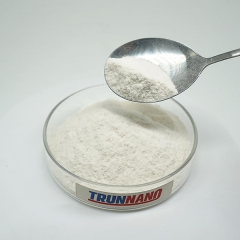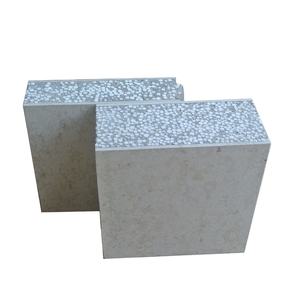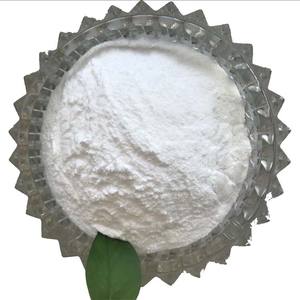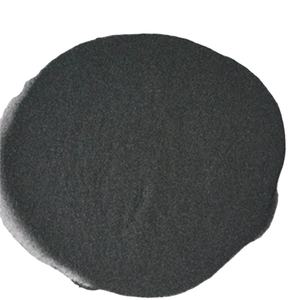Market Status and Demand Analysis of Hydroxypropyl Methylcellulose (HPMC) hpmc d901
Hydroxypropyl Methylcellulose (HPMC) is a non-ionic water-soluble cellulose ether. It is commonly utilized in building, drugs, food and various other...
Hydroxypropyl Methylcellulose (HPMC) is a non-ionic water-soluble cellulose ether. It is commonly utilized in building, drugs, food and various other fields because of its great solubility, security and film-forming buildings. Recently, with the worldwide economic recuperation and the improvement of consumers' requirements for quality of life, especially in industries such as developing products and pharmaceutical packaging products, the need for eco-friendly ingredients has actually been growing. As a sort of chemically changed natural polymer material with outstanding performance and wide application, HPMC plays an irreplaceable role in many sectors.
Around the world, the need for HPMC remains to climb due to the healing of the building and construction industry and the boost in people's need for high-quality building product additives. According to relevant data, the worldwide HPMC market size in 2022 has to do with XX billion US bucks, and it is anticipated to grow at a compound annual growth rate of concerning X% to about XX billion US bucks in 2028. The United States And Canada, Europe and Asia Pacific are the globe's significant customer markets. Among them, the building sector occupies the largest market share, complied with by drugs and food processing. In the Chinese market, the accelerated urbanization procedure and the rapid development of the real estate market have actually driven the domestic demand for top notch building product additives; at the very same time, in the field of medicine and wellness, the boosted support of national policies and the improvement of people's wellness understanding has actually also made the application potential customers of pharmaceutical-grade HPMC really wide. China's HPMC production business are highly focused, with the top 5 manufacturers accounting for more than 60% of the market share. Technical development has actually become one of the essential motive power for the advancement of the market.
(HPMC Powder)
The primary application areas of HPMC and its influencing variables
In regards to certain applications, HPMC is mostly utilized as a mortar thickener and binder in the building and construction sector, which can considerably enhance the fluidity and water retention of dry-mixed mortar; in the pharmaceutical market, it is commonly utilized as a tablet covering product, a service provider for sustained-release prep work, and a suspension stabilizer in oral fluid prep work; in the food handling industry, HPMC can not only boost the preference of ice cream and stop crystallization but likewise be utilized as an architectural modifier for baked products to improve their structure. Nonetheless, regardless of strong market demand, numerous huge chemical firms in the house and abroad, such as DowDuPont and Shin-Etsu Chemical, have entered this area, resulting in increased market competitors. On top of that, rising raw material prices and price fluctuations have actually brought substantial challenges to producers. At the exact same time, progressively stringent environmental laws have actually compelled business to increase their financial investment in the research and development of green manufacturing procedures to adapt to the fad of sustainable growth.
Furthermore, the application of HPMC is bigger than those conventional fields. With technological progress and innovation, its new uses are likewise broadening. For instance, in individual treatment products, HPMC can be utilized as a thickener and emulsifier stabilizer; in the papermaking sector, it can be made use of as a wet strength representative to boost the stamina of paper. These emerging applications have actually opened a more comprehensive market space for HPMC, and at the very same time, they have actually advanced greater needs for its product quality and technological degree.
Future development fads and market opportunities
Seeking to the future, with the diversity of consumer demand, the advancement of new items with special capability will come to be the focus of the focus of different business. Proactively replying to the worldwide climate adjustment campaign and utilizing renewable resources as resources to generate HPMC will certainly be an inevitable option for the development of the industry. At the very same time, the solid demand for facilities construction in emerging market economic climates is expected to end up being a brand-new engine to drive the growth of worldwide HPMC demand. Cross-border integration will also be one more important direction. Integrating with other new material technologies to discover a larger variety of application circumstances will certainly open new growth factors for HPMC.
( Foamed Concrete)
Technological technology will certainly remain to lead the future development of the HPMC industry. By continuously creating products with better efficiency, such as HPMC with greater openness, stronger adhesion or longer service life, firms can fulfill the needs of details application circumstances and attract attention in the very competitive market. At the exact same time, despite progressively strict environmental requirements, the adoption of cleaner and a lot more effective production procedures is likewise the secret to preserving competition. This not just helps to lower manufacturing expenses but additionally minimizes ecological pollution, which is in line with culture's expectations for lasting advancement.
The development of regional markets ought to not be neglected either. With the execution of nationwide techniques such as the "Belt and Road Effort," Chinese companies have the possibility to better discover abroad markets, particularly in the areas of infrastructure construction in Southeast Asia, Africa and other places, to find cooperation chances. Additionally, strengthening exchanges and collaboration with leading global firms and finding out innovative management experience and production innovation will certainly also help improve their core competitiveness.
Simply put, with its superb product qualities and broad application potential customers, HPMC will certainly play a significantly vital role in advertising high-quality financial and social growth. For firms in the market, staying on top of market patterns, strengthening independent research and development capacities, and proactively looking for worldwide cooperation will be the key to accomplishing long-term growth. With continuous development and renovation of the industrial chain, the HPMC industry will certainly usher in an extra dazzling development possibility.
Supplier
Cabr-Concrete is a supplier of Concrete Admixture under TRUNNANO with over 12 years of experience in nano-building energy conservation and nanotechnology development. It accepts payment via Credit Card, T/T, West Union and Paypal. TRUNNANO will ship the goods to customers overseas through FedEx, DHL, by air, or by sea. If you are looking for high quality hpmc d901, please feel free to contact us and send an inquiry(sales5@nanotrun.com).
All articles and pictures are from the Internet. If there are any copyright issues, please contact us in time to delete.
Inquiry us









